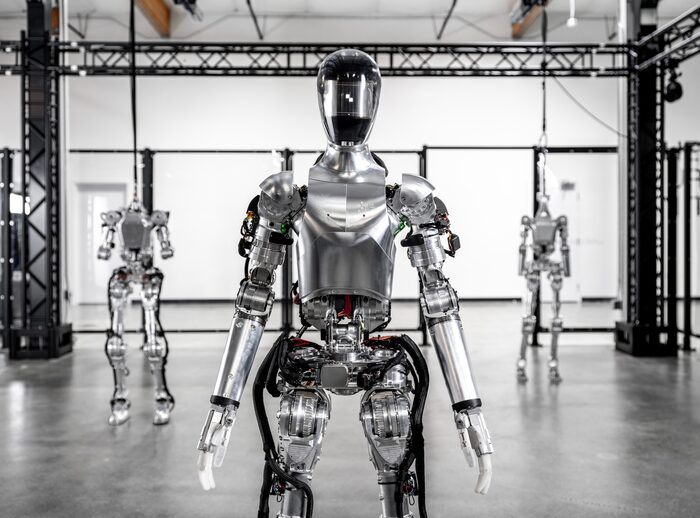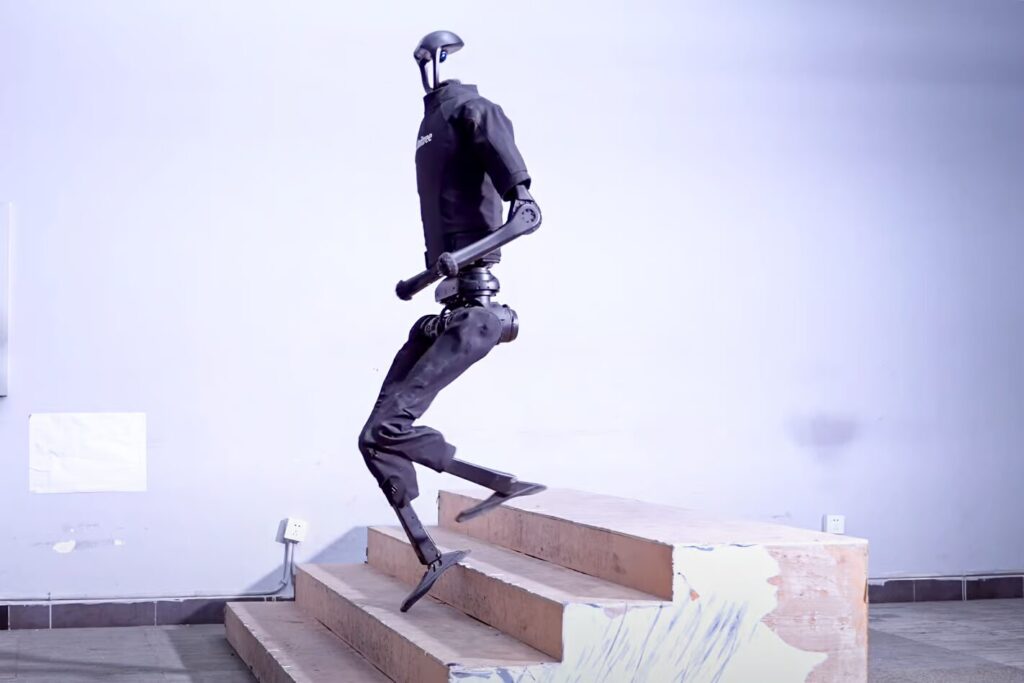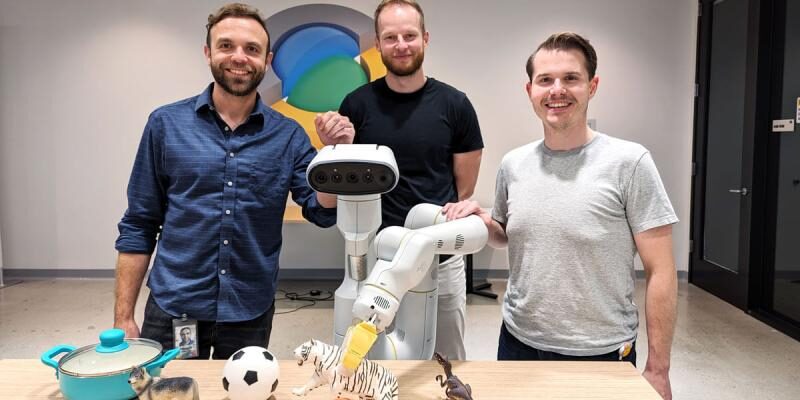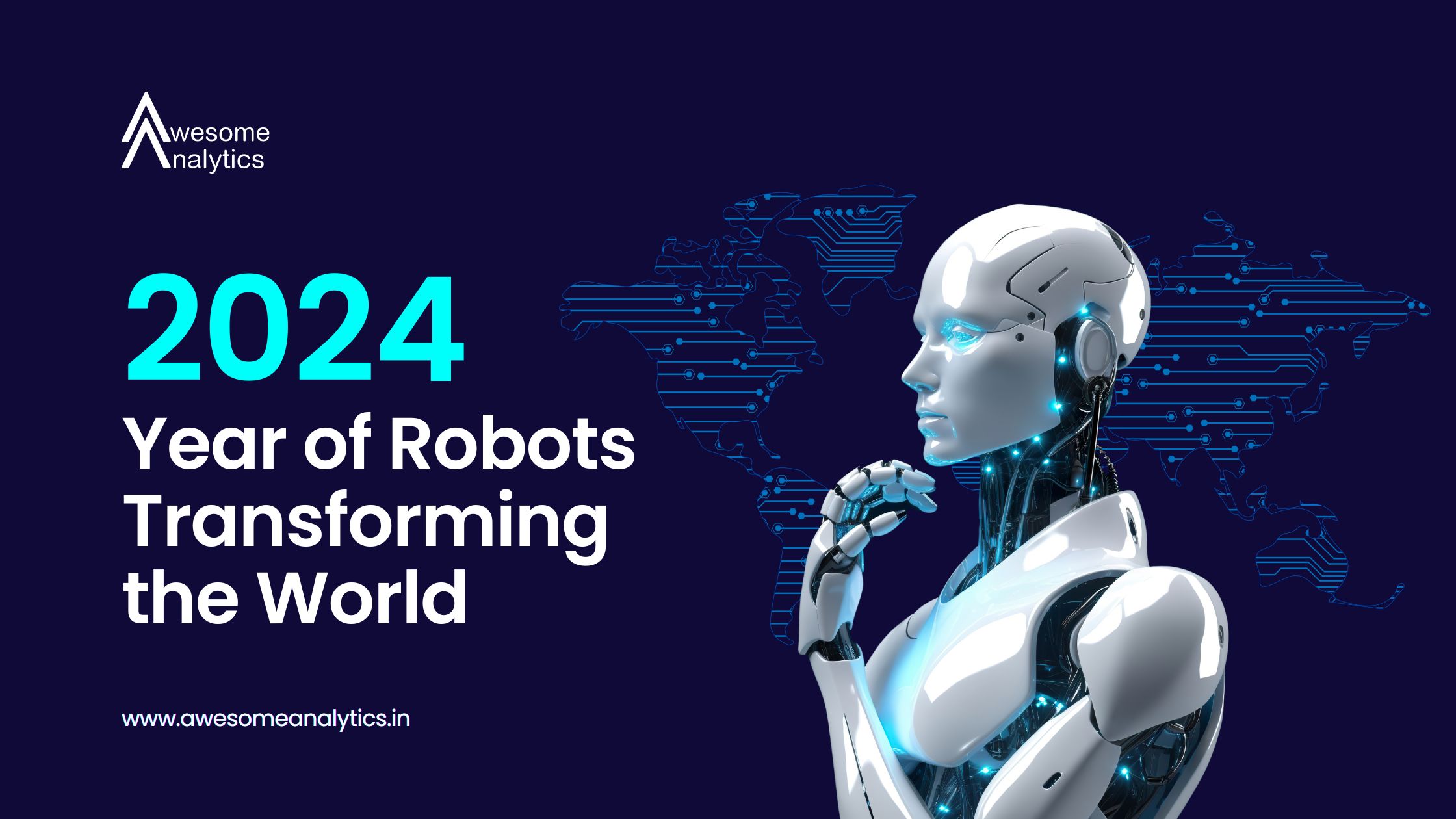The Rise of Humanoid Robots
- Breaking New Grounds: Brett Adcock, CEO of Figure Robotics, emphasizes that 2024 will be a significant year for Embodied AI. His company has already made strides with a humanoid robot capable of performing various tasks and engaging in meaningful conversations, leveraging advanced technologies like ChatGPT.
- Human-like Abilities: The robots of 2024, such as Tesla's Optimus and Boston Dynamics' Atlas, are surpassing traditional robotic tasks with abilities like yoga and somersaults. Figure Robotics’ Figure 01 takes it further by not only performing physical activities but also engaging in complex interactions, thanks to sophisticated neural networks that simulate human-like interactions.


A Collaborative Effort
- OpenAI and Figure Join Forces: The partnership between OpenAI and Figure Robotics marks a significant development, combining OpenAI's expertise in visual and language intelligence with Figure's capabilities in executing precise, rapid robotic actions. This collaboration is enhancing the functional capabilities of robots, allowing them to undertake complex tasks that were previously too challenging.
- Global Contributions: The robotics industry is seeing significant advancements globally, with companies like Google DeepMind, Tesla, and China's Unitree Robotics pushing the limits of robotic capabilities. Unitree Robotics, for example, has developed a robot capable of walking at speeds up to 7.4 miles per hour, demonstrating rapid progress in robotics mobility and functionality.
Training and Technological Advancements
- Challenges in Robot Training: Despite challenges in training robots to perform human-like tasks, new methods such as imitation learning are improving how robots mimic and learn from human behavior, enhancing their accuracy and intuitive task execution.
- Innovations in Data Collection: Chen Wang, a PhD student at Stanford, is leading a project that employs wearable devices to gather data for robot training. This approach could transform the speed and efficiency with which robots learn, by not requiring their physical presence.
- New Ventures in Robotics: Karol Hausman, previously with Google DeepMind, has started a new venture focused on developing foundational models for robots. These models aim to provide universal control across various robotics applications, showing great promise for broad industry impact.


The Future is Now
- Beyond Simple Tasks: Robots are evolving from simple, automated tasks to managing complex interactions and making decisions in real-life situations. Sam Altman, an investor in Figure and chief of OpenAI, highlights the significant advances in robot hardware that are enhancing these capabilities.
- The AGI Horizon: Each technological leap brings us closer to the concept of Artificial General Intelligence (AGI). Robots like Figure 01 are not just operating in physical spaces but are engaging in meaningful conversations, potentially serving as precursors to AGI.
- A Focus on Practical Applications: Robots are increasingly designed with specific societal roles in mind, such as the Moxie robots from Embodied, Inc., which are made to interact with and assist children, demonstrating the growing potential of robots to positively impact personal and social spheres.
Conclusion
The advancements in 2024 signal a pivotal shift towards robots that not only coexist but collaboratively enhance our daily lives. As we integrate these sophisticated machines into personal and professional spheres, we must balance innovation with ethical considerations. This year could indeed set the precedent for how we deploy and interact with technology in the future, ensuring that these robotic advancements enrich society while safeguarding human values.
What do you think? How do you envision using or interacting with these advanced robots in your everyday life? Share your thoughts and ideas below!



